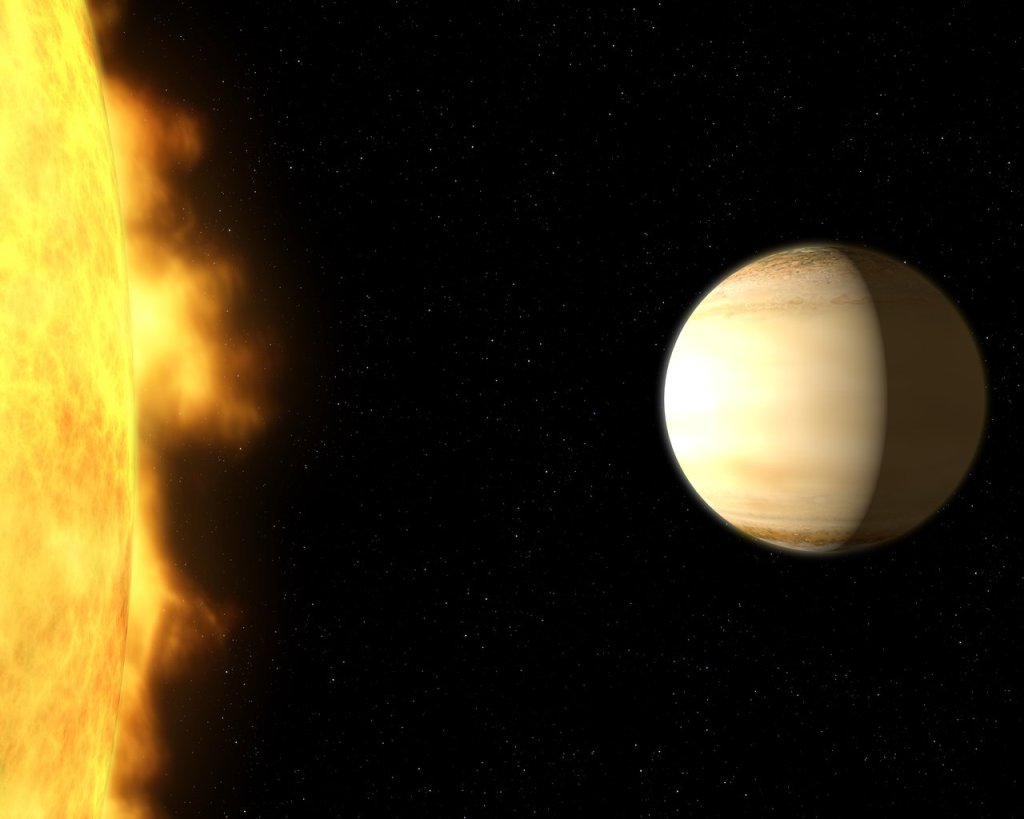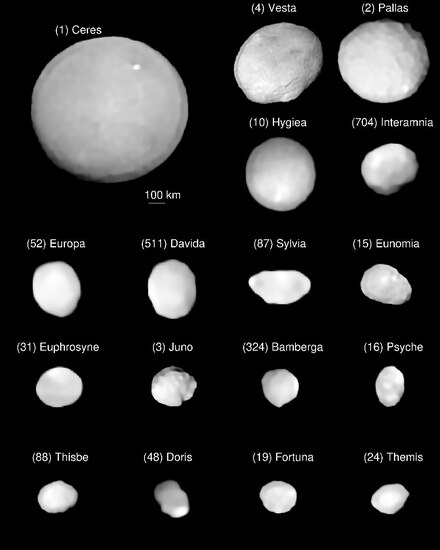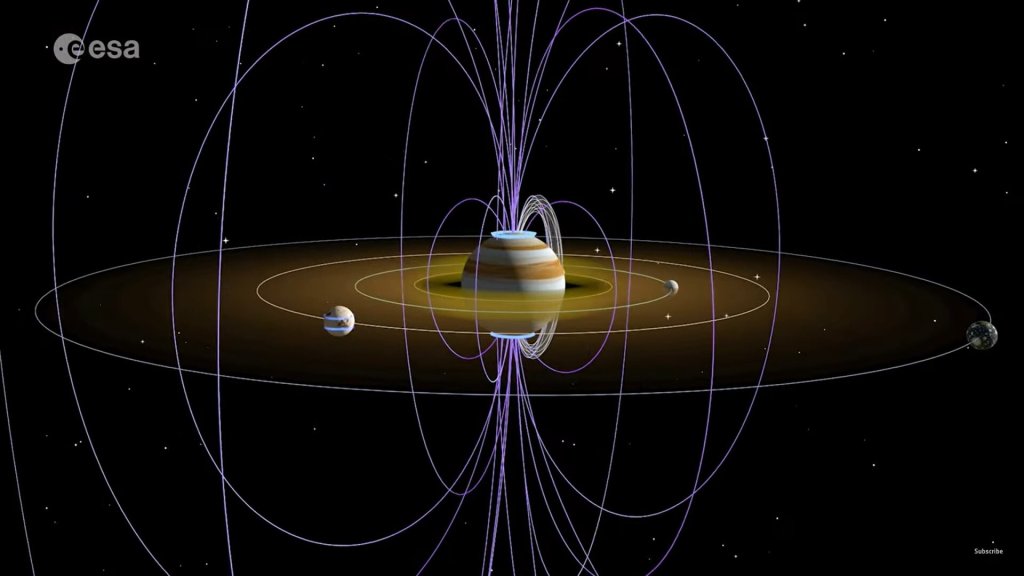Have you ever wondered if us humans are alone in the vast expanse of the universe? Do worlds similar to those in our solar system exist? Scientists are currently looking for answers to these questions by studying extrasolar planets, or planets that orbit around other stars. Three main methods allow scientists to analyze these questions by considering how gravitational tugs on stars and changes in brightness indicate the presence of extrasolar planets.
The Astrometric Method
This method uses precise measurements to observe stellar positions. Since the masses of all stars and planets exert gravitational forces, if a star’s stellar position appears to “wobble”, it indicates the presence of an exoplanet. This “wobble” is the result of the exoplanet tugging on the star with the force of its gravity. While this might seem like a great tool, it is extremely difficult in practice: “It requires a degree of precision that has seldom been achieved even with the largest and most advanced telescopes” (The Planetary Society). Therefore, the Astrometric Method is best used to search for relatively massive planets with distant orbits around nearby stars.

Photo: The Planetary Society
The Doppler Method
As its name suggests, the Doppler Method utilizes the Doppler Effect to search for extrasolar planets. The Doppler Effect states that objects moving toward an observer emit blueshifted wavelengths and objects moving away from an observer emit redshifted wavelengths. Therefore, alternating blue and red shifts of a star indicate the presence of an extrasolar planet. Since this method searches for gravitational tugs, it tends to only work for discovering massive planets orbiting close to their star. Further, another drawback to the Doppler Method is that it requires an extremely large telescope in order to measure such small changes in Doppler Shifts.

Photo: MIT News
The Transit Method
Unlike the Astrometric Method and Doppler Method, the Transmit Method does not search for gravitational tugs acting on a star. Instead, this method studies slight changes in a star’s brightness due to orbiting planets. If a planet seems to move across the face of the star, or transit, it block’s a portion of the star’s brightness. Therefore, planet’s with larger diameters will block a larger portion of the star’s brightness. However, the difficulties of the Transit Method arise from the positioning of the orbit with respect to the observer. In order for this method to be successful, the orbital plane of the exoplanet must be head-on with the observer (The Planetary Society). Further, this method works better for planets with shorter orbital periods since the change of the planet’s brightness must be recorded at least three times to be considered valid.

Photo: The Planetary Society
As these three methods demonstrate, the search for extrasolar planets requires studying extremely small changes in stellar orbits and brightness. While an exactly Earth-like Planet may not have been discovered yet, this could simply be due to limitations in current technology. All of these methods have the most success with observing relatively large planets. If you are like me, and the idea of life on another world excites you, keep your hopes up because technological advancements that allow scientists to better study smaller planets may reveal an Earth-like world.











